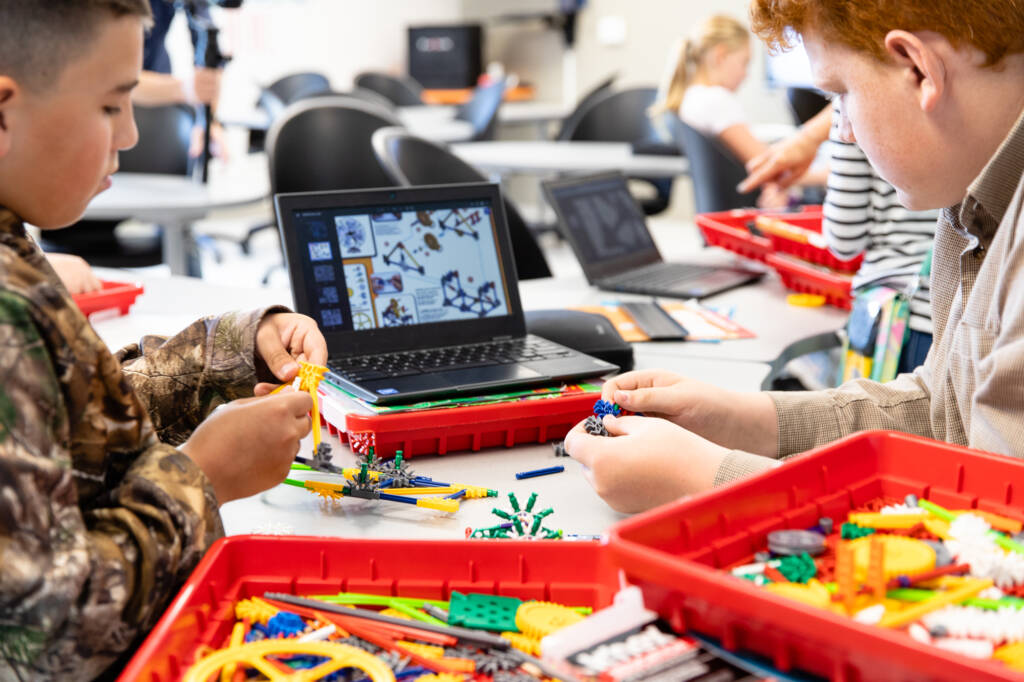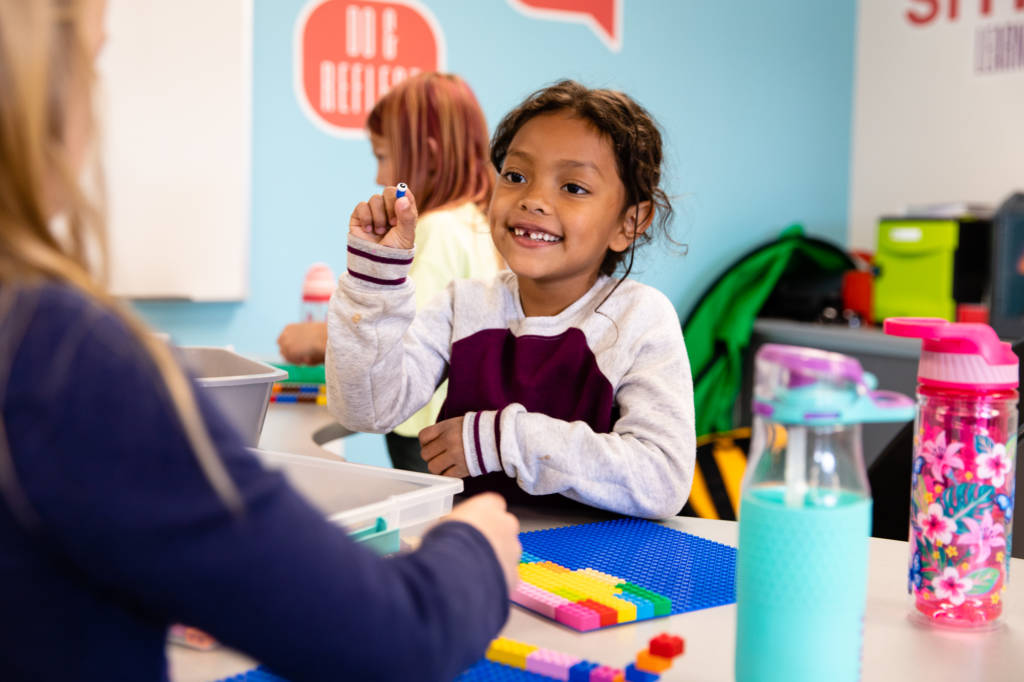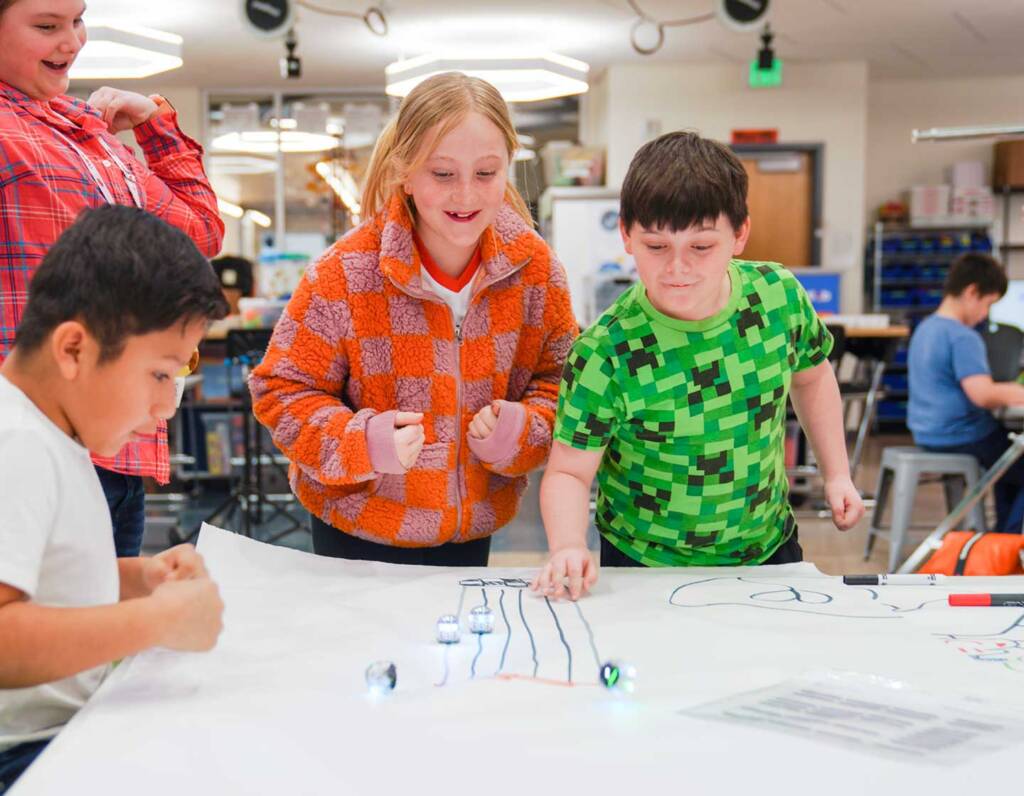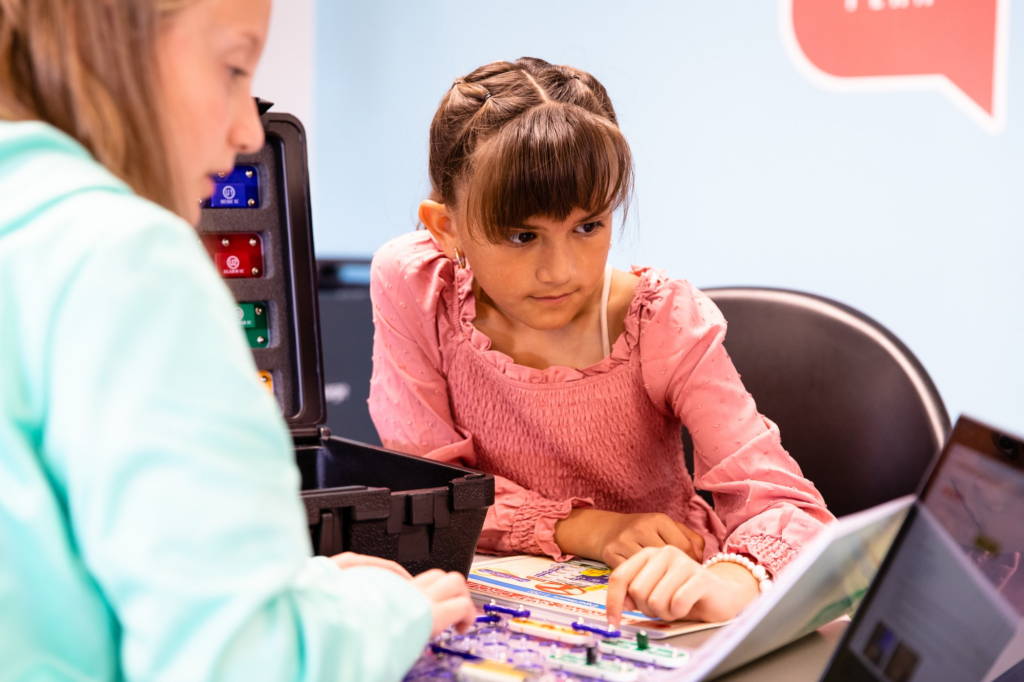Assessing Project-Based Learning (a Self Assessment)
Click here to jump to the Self Evaluation PBL Assessments below:

Evaluating Our Practice
The benefits of a student-led, project-based learning classroom are undeniable. Students develop:
- Intrinsic motivation and passion for learning
- Flexible thinking and problem-solving
- Perseverance and self-initiative
- Understanding of cross-curricular connections and real-world applications
And yet, the nature of this type of environment introduces challenges, especially around assessment. Educators wrestle with tough, critical questions:
- How do I know that my students are growing academically and personally? How can I accelerate growth?
- How do I monitor and assess learning when the “data” looks different for each student?
- How do I manage the individualized learning goals of large numbers of students?
These questions demand clear answers and a concrete approach to assessment that is anchored in best instructional practices. But the truth is that student-led, project-based learning environments are not clean and tidy. There is a beauty to the controlled chaos and the messiness of learning.
So where do we go from here? First, we have to lay the foundation for our approach to assessment with the research-based beliefs and strategies that have been shared by educational experts like Dylan Wiliam, John Hattie, Jan Chappuis, and Robert Marzano.
- Assessment for learning, not just of learning, has the power to significantly impact student outcomes (Black & Wiliam, 1998).
- Alignment must exist between learning goals, learning activities, and assessment criteria.
- Feedback is essential for focusing the efforts of teachers AND students in closing the gap between “where I am now” and “where I’m going” (Chappuis, 2009).
- Students can have a significant role in monitoring their learning and reaching learning goals (Hattie, 2009).
And then, we pair this foundation with resources and a plan for implementation.
How’s your practice? Take the self-assessment below.
Evaluating the PBL Assessment Plan

- I have clear outcomes or standards that I am assessing.
Yes / Not Yet
- I use rubrics or similar grading tools to assist in measuring growth. Yes / Not Yet
- I routinely conduct formative and summative assessments. Yes / Not Yet
Did you answer ‘Not Yet’ to one or more of those questions?
Get started now with…
Evaluating the Value of the PBL Assessment

- I can explain to my learners the importance of documentation and assessment of learning.
Yes / Not Yet
- My learners see value and purpose in assessment.
Yes / Not Yet
- My learners and I use assessment to help them reach their goals. Yes / Not Yet
Did you answer ‘Not Yet’ to one or more of those questions?
Get started now with…
Evaluating the Potential Impact of a PBL Assessment

- My formative and summative assessments accurately capture my learners’ full understanding and current knowledge/skillset. Yes / Not Yet
- My learners’ grades are based on what they learn.
Yes / Not Yet - Assessment at the end of a unit/course is worth more than assessments at the beginning. Yes / Not Yet
Did you answer ‘Not Yet’ to one or more of those questions?
Get started now with…
Young learners are smart. When assessment is well aligned to our goals and well-planned, and when students understand its purpose, we get clearer results because they often want to participate in the assessment.
1. Black & Wiliam, 1998 – Black, P., & D. Wiliam. 1998. Assessment and classroom learning. Assessment in Education (5)
2. Chappuis, 2009 – Chappuis, J. 2009. Seven Strategies of Assessment for Learning. Pearson Education, Inc.
3. Hattie, 2009 – Hattie, J. 2009. Visible Learning. Routledge.





